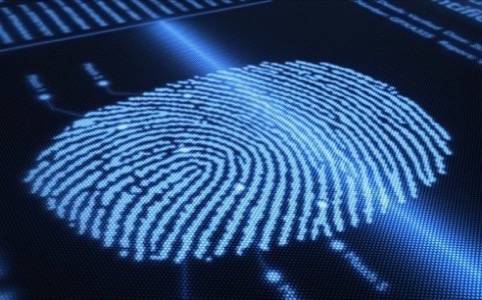
Anyone can tell you that the future of information is in Web-based services like the cloud. Who would’ve thought, though, that this would also apply to the biological information that identifies who you are?
The National Institutes of Standards and Technology (NIST) developed a protocol for the capturing and storage of biometric information. Biometric authentication, otherwise know as ‘biometrics’, is used to identify people using iris scans, fingerprints and facial recognition.
The protocol would allow any Internet-enabled mobile device to access the information captured by sensors through a Web service, similar to the way Netflix streams movies to devices.
Doing this simplifies the process of providing and collecting identity information because it doesn’t rely on different devices to store it, just one controlled Web service platform. Currently this information is stored through proprietary devices, making it impossible to share it among different platforms.
So, if you don’t work for a super secret government agency, what does this have to do with you? Biometrics is something people use on a daily basis, whether they know it or not. Think about office spaces that require keycards for entry, if all of the information stored in that card was on a cloud-based service instead, it would make it more cost-effective for companies to implement better security.
Even theme parks could implement this protocol for employee access to restricted areas. If the NIST’s plan to bring this service to market goes through, a more relatable example would be the check-in desk at your local gym. Most gyms use barcode emblazoned key tags or cards to identify who you are, some even use thumbprint scanners. With this protocol, one could scan their phone on the sensor just as quickly as they would with a key tag.
If protocols like this are implemented, the future of identification may not be too far away. The NIST is currently working with the Small Business Innovations Research Program to have devices built within two years.
Want to get more technical? Check out the video below for an in-depth description of how the NIST new protocol will work.
Biometric thumbprint via Shutterstock.










